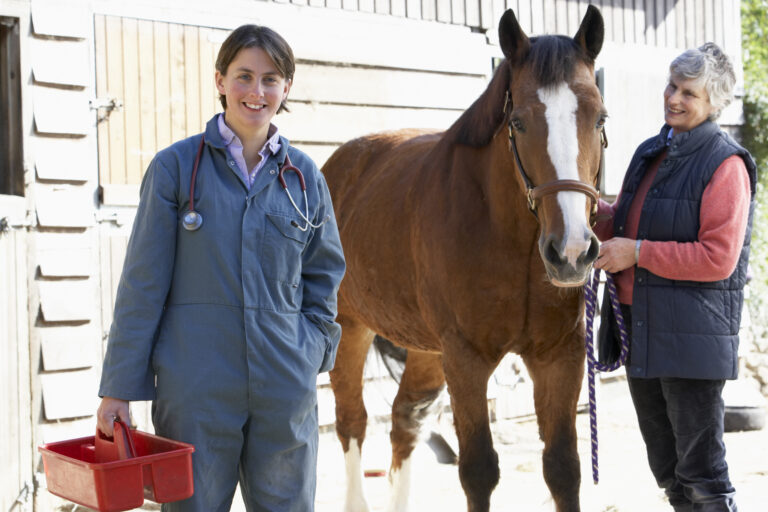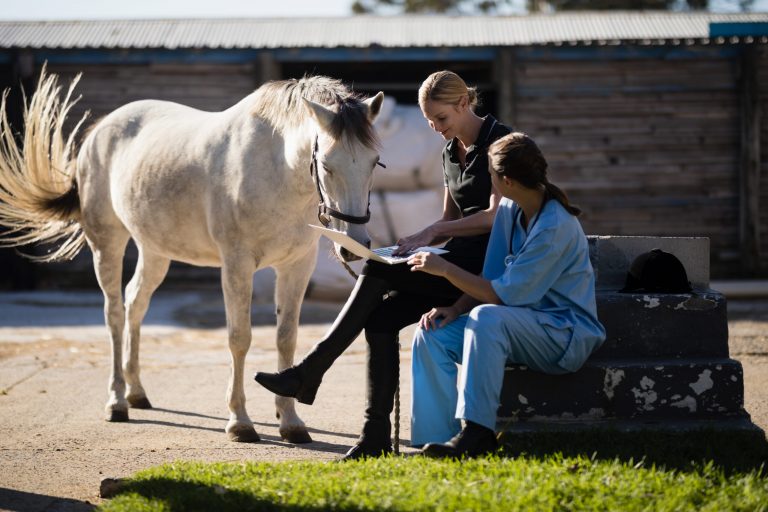
ISELP and Midwestern University are collaborating to bring you The Distal Hind Limb module on February 14, 15 and 16, 2019, in Glendale, Arizona. The Distal Hind limb module uses clinical case presentations and live demonstrations to explore the most common conditions of the metatarsus, fetlock, pastern and hind foot that practitioners deal with in everyday practice.
Professor Jean-Marie Denoix and multiple other ISELP colleagues will bring you the cutting edge anatomy, cases and current information on the distal hind limb—one of the most under-diagnosed areas in the horse.

This is your opportunity to hone your skills with the best anatomist in the world, plus get input from surgeons, radiologists and clinicians.
See the lecture, case discussions and ultrasound demo, then do your ultrasound wet lab in small groups.
The module provides 20 hours of instruction and includes three hours of practice on live horses under the supervision of certified instructors.
Conditions reviewed include metatarsal diseases with special emphasis on the proximal suspensory desmopathies and enthesopathies; hind fetlock diseases including digital sheath tenosynovitis; pastern injuries including sesamoidean desmopathies and digital flexor tendinopathies; and hind foot conditions (distal sesamoid bone and third phalanx injuries).
Special emphasis is placed on the rational corrective shoeing of the different conditions using kinesitherapic shoes.
For additional information and registration please go to www.iselp.org.








